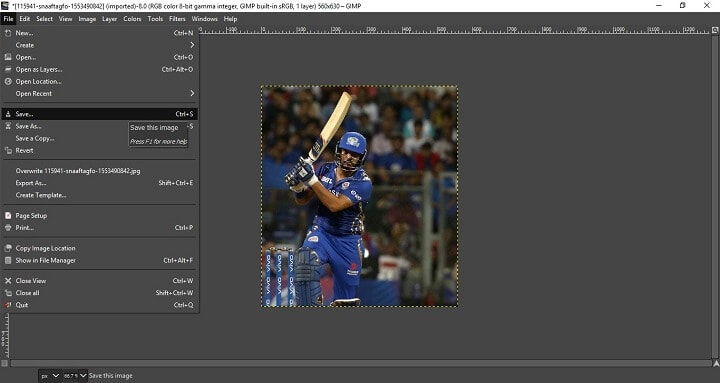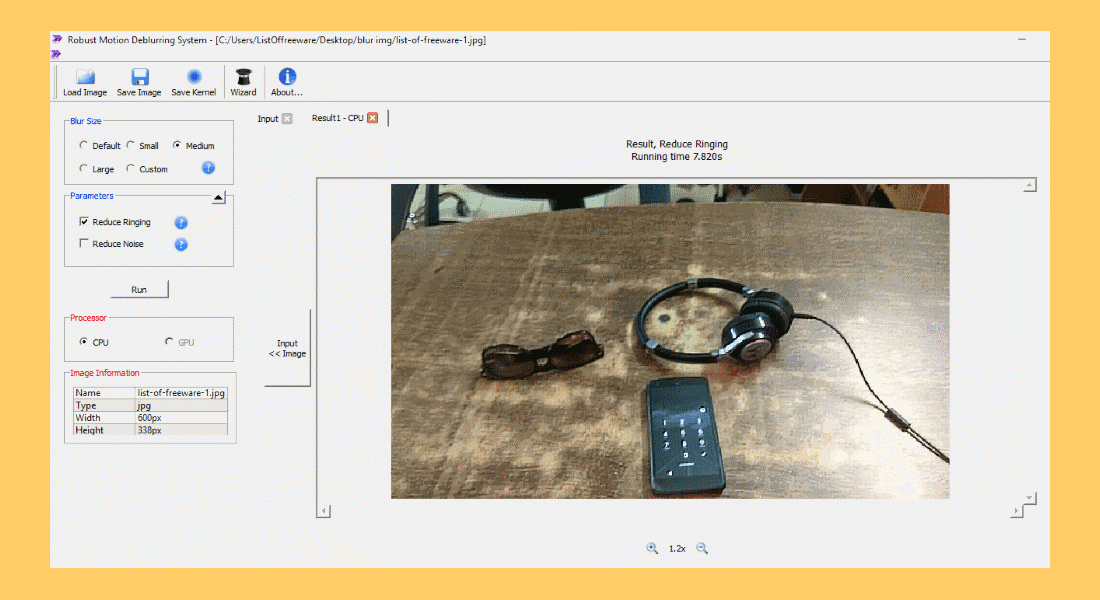
In this image, it added some noise to the green background and added quite a few artifacts to the tree branch. You can let Photoshop try to detect the blur trace settings automatically, but most people would agree it typically requires a bit of manually tuning.Īnd secondly, Photoshop’s shake reduction filter will also be applied to the whole image, so it can add unwanted sharpening and artifacts to other areas. For one, it takes quite a bit of time and tuning to get Photoshop’s Shake Reduction filter to work properly. But, unfortunately, there are a few problems with the process as well as the result. While the filter didn’t entirely resolve the blur on the dragonfly, it is definitely usable now. The result in Photoshop is a big improvement from where it started. Let’s take a look at a blurry dragonfly on a branch corrected with Photoshop’s Shake Reduction filter versus Topaz Sharpen AI’s Stabilize mode. It attempts to correct slight motion blur by detecting the angle of the blur. Photoshop offers the most competitive shake reduction filter on the market. But even with great in-camera technology, you can still end up with the shot that’s slightly blurred. The camera lens will make small movements to offset handheld movements. Most cameras on the market now have some sort of image-stabilization or anti-shake feature. Winner: Topaz Sharpen AI’s Focus module excels at correcting blur without adding unwanted artifacts.Īt a smaller size, the results from Topaz Sharpen AI may look more subtle, but at 100%, you can see the fine details have been restored to the penguin’s eyes, beak, and feathers without adding any chunky artifacts. But at 100% magnification, you can see the blocks of artifacts (particularly in the blue sky background), rendering it not very usable for a print or even at a larger size on the web. While Movavi’s photo editor can make a lot of great adjustments, its sharpening filter adds a lot of artifacts to compensate for the lack of technology in real focus correction.Īt a smaller size, it looks like Movavi did a better job sharpening. To zoom in on the images to inspect the details, you can use CTRL and + on Windows, or CMD and + on Mac. Here’s a comparison between Movavi’s sharpening tool and Topaz Sharpen AI.

If you read articles on programs to fix out-of-focus images, Movavi’s hat in usually in the ring. Lots of programs will claim they can correct a missed focus, but only at the expense of adding chunky artifacts around your subject and not truly restoring what you intended to capture. It can be a real crusher when you can’t repeat the shot!Įven though you can get decent results in post-processing when you’re just trying to sharpen up a soft shot, focus correction is a nearly impossible problem to solve. And we’ve all experienced times where the auto-focus falls short.

No matter how careful or how experienced you are, occasionally you can get the wrong focus point. Let’s look at a few more toe-to-toe challenges on some blurry images. This is what makes Topaz Sharpen AI unique – it actually produces convincing details through the power of AI, even when the blurred image does not have many details. Instead of increasing edge contrast or adding halos, Sharpen AI enhances original details and is the only tool that can add new details. Topaz Sharpen AI approaches the problem of image blur very differently. How does Topaz Sharpen AI outperform Adobe? It also adds thin halos around edges as well (noticeable around the edge of the eyebrow), although not as frequently as some of its other filters.Įven though the image sharpened through Photoshop’s Smart Sharpen certainly looks better than the original with its increased edge sharpness, the same image sharpened with Topaz Sharpen AI provides a much more refined result in terms of restoring original image details and it actually adds some fine details. Photoshop’s Smart Sharpen can detect edges, so it adds edge contrast and provides controls for adjusting it in both the highlights and the shadows, so your image appears sharper.

The two results are surprisingly different.


 0 kommentar(er)
0 kommentar(er)
